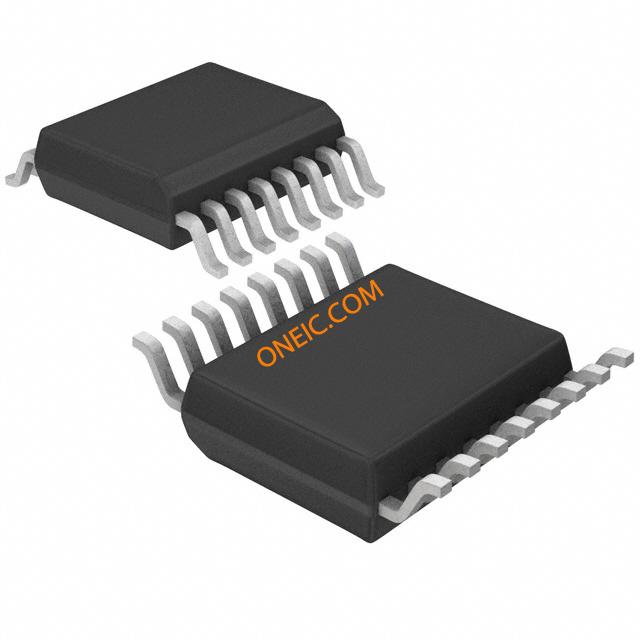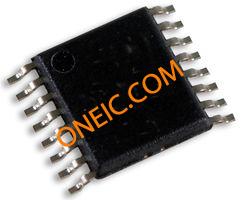SN65LVDS391PW
Quad LVDS transmitters for high-speed differential signaling applications
Manufacturer: ['rochester', 'ti']
series introduction
# SN65LVDS391PW Product Series Introduction
## 1. Overview
The SN65LVDS391PW belongs to a high - performance product series designed by Texas Instruments. This series is centered around Low - Voltage Differential Signaling (LVDS) technology, which is well - known for its ability to transmit high - speed data with low power consumption and excellent noise immunity. The SN65LVDS391PW is specifically engineered to meet the demanding requirements of various high - speed data communication and interface applications.
## 2. Key Features
### 2.1 High - Speed Data Transmission
- The SN65LVDS391PW is capable of supporting very high data rates. It can handle data transmission speeds that are suitable for applications where large amounts of data need to be transferred quickly, such as in high - definition video streaming, high - speed data acquisition systems, and high - performance computing interfaces. This high - speed capability ensures that the device can keep up with the fast - paced data requirements of modern technologies.
### 2.2 Low Power Consumption
- One of the standout features of this product series is its low power design. LVDS technology inherently consumes less power compared to other signaling methods. The SN65LVDS391PW further optimizes power usage, making it an ideal choice for battery - powered devices or applications where energy efficiency is a top priority. This low power consumption not only helps in reducing operating costs but also extends the battery life of portable devices.
### 2.3 Excellent Noise Immunity
- LVDS uses differential signaling, which means that the data is transmitted as the voltage difference between two complementary signals. This differential approach provides excellent noise immunity. The SN65LVDS391PW is designed to reject common - mode noise effectively, ensuring reliable data transmission even in electrically noisy environments. This makes it suitable for industrial applications, automotive electronics, and other settings where electromagnetic interference (EMI) is a concern.
### 2.4 Small Form Factor
- The SN65LVDS391PW comes in a compact package, which is beneficial for space - constrained applications. Its small size allows for easy integration into printed circuit boards (PCBs) with limited real estate, enabling designers to create more compact and lightweight devices.
## 3. Functional Block Diagram and Working Principle
### 3.1 Functional Block Diagram
- The SN65LVDS391PW consists of several key functional blocks. At the input side, there are input buffers that receive the incoming data signals. These buffers condition the signals and prepare them for further processing. The core of the device is the LVDS driver, which converts the single - ended input signals into differential LVDS signals. On the output side, there are output buffers that drive the differential signals onto the transmission line. Additionally, there may be internal control circuits for functions such as power management and signal calibration.
### 3.2 Working Principle
- When a single - ended data signal is applied to the input of the SN65LVDS391PW, the input buffers first amplify and shape the signal. The LVDS driver then takes this single - ended signal and generates two complementary differential signals. These differential signals are transmitted over a pair of wires (a differential pair). At the receiving end, a corresponding LVDS receiver can convert the differential signals back into a single - ended signal. The differential nature of the signals helps in canceling out common - mode noise, ensuring that the original data can be accurately recovered.
## 4. Applications
### 4.1 Display Systems
- In high - definition display applications, such as LCD monitors and televisions, the SN65LVDS391PW can be used to transmit video data from the graphics controller to the display panel. Its high - speed data transmission capability ensures smooth and
Images for reference

16-TSSOP

Image Preview

Image Preview